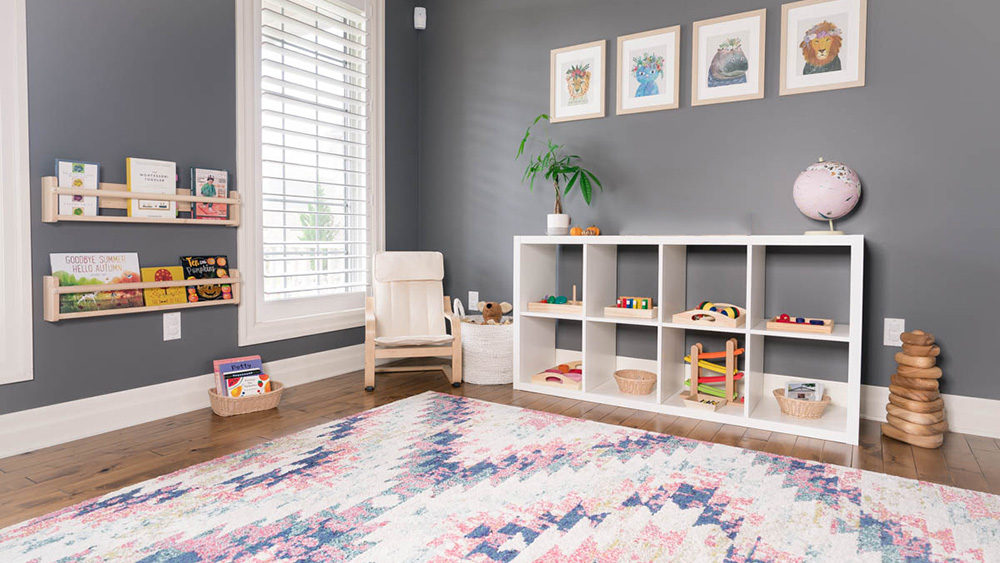The Montessori educational approach has gained popularity worldwide for its emphasis on fostering independence, self-directed learning, and holistic development in children. While Montessori schools provide an optimal environment for learning, you can also create a Montessori-inspired space within your home. In this blog post, we will explore practical tips and ideas to help you create a Montessori environment that promotes your child’s independence, curiosity, and love for learning.
- Designing the Space:
Start by designing a child-friendly space that encourages exploration and independence. Consider the following key aspects:
a) Child-sized furniture: Provide child-sized chairs, tables, and shelves, allowing your child to easily access materials and work independently.
b) Order and simplicity: Arrange the environment in a way that promotes order and simplicity. Use open shelves to display materials and organize them by category to enhance accessibility.
c) Natural materials: Opt for materials made from natural sources such as wood, glass, and fabrics, as they provide a sensory-rich experience and promote a connection with nature.
- Promote Independence:
A fundamental principle of Montessori is to empower children to take care of themselves and their surroundings. Encourage independence in your child by:
a) Creating a self-care station: Set up a low shelf with materials for your child to independently manage their personal care routine, such as brushes, a mirror, and a small towel.
b) Low hooks and hangers: Install low hooks and hangers within your child’s reach, enabling them to hang their own coat, bag, or apron.
c) Child-accessible kitchen: Dedicate a lower shelf or cabinet in the kitchen for child-friendly utensils, plates, and cups, allowing your child to participate in meal preparation and clean-up.
- Provide Purposeful Activities:
Montessori education emphasizes hands-on, purposeful activities that engage children’s senses and promote learning. Create activity areas in your home that offer opportunities for exploration and skill development:
a) Practical life activities: Set up a practical life area with activities like pouring water, polishing, sweeping, or arranging flowers. These activities promote fine motor skills, concentration, and a sense of responsibility.
b) Sensorial activities: Introduce sensory experiences through activities that explore different textures, shapes, colors, and scents. Consider sensory bins, sorting activities, or nature exploration.
c) Language and literacy: Create a cozy reading corner with a variety of books, puzzles, and writing materials to stimulate your child’s language development and love for reading.
- Encourage Child-led Learning:
Montessori encourages child-led learning, where children follow their interests and engage in activities that spark their curiosity. Foster this approach by:
a) Providing open-ended materials: Offer open-ended toys like blocks, art supplies, and loose parts that allow for imaginative play and creativity.
b) Rotating materials: Rotate the materials on display to maintain a sense of novelty and keep your child engaged. Store items not in use to avoid overwhelming the environment.
c) Following the child’s lead: Observe your child’s interests and incorporate materials and activities that align with their current fascinations.
Creating a Montessori environment at home can significantly enhance your child’s development, independence, and love for learning. By designing a child-centered space, promoting independence, offering purposeful activities, and encouraging child-led learning, you are nurturing a holistic learning environment that aligns with the Montessori philosophy.
Remember, the essence of Montessori lies in fostering independence, following your child’s interests, and providing opportunities for hands-on exploration. By embracing these principles, you can create a nurturing and engaging Montessori-inspired environment right within the walls of your home.



